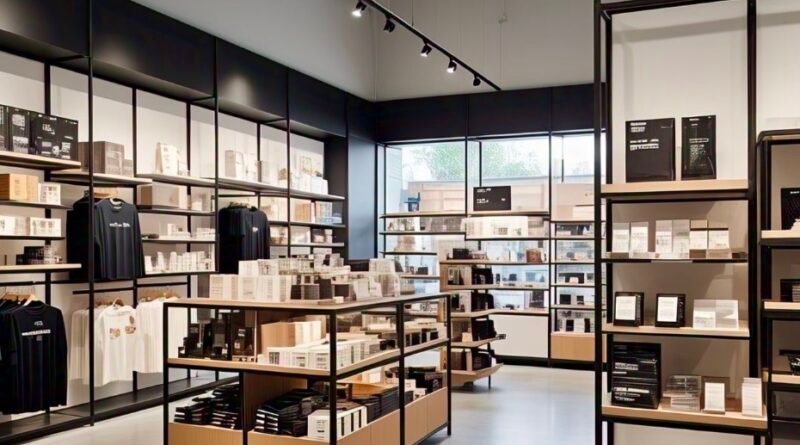Harnessing Strategic Design to Elevate the Shopping Experience :
In the ever-evolving retail landscape, high-street stores are facing unprecedented challenges. With the rise of e-commerce and shifting consumer behaviours retailers must adapt and innovate to remain relevant. One key strategy is retail design – a holistic approach that combines aesthetics, functionality, and technology to create immersive and engaging shopping experiences.
In this article, we’ll explore the principles of effective retail design, its impact on consumer behaviour, and the latest trends shaping the industry.
The Psychology of Retail Design :
Retail design is more than just creating a visually appealing space; it’s about crafting an emotional connection with customers. By understanding the psychological triggers that drive consumer behaviour, retailers can design environments that encourage exploration, interaction, and ultimately, purchase.
1. Sensory Experiences: Incorporating sensory elements like lighting, sound, and scent can evoke emotions and create memorable experiences.
2. Wayfinding: Intuitive navigation and clear signage help customers find what they’re looking for, reducing frustration and anxiety.
3. Social Proof: Incorporating customer testimonials, reviews, and social media feeds can build trust and credibility.
Key Principles of Effective Retail Design :
1. Storytelling: Create a narrative that reflects the brand’s values, personality, and mission.
2. Flexibility: Design adaptable spaces that can evolve with changing product offerings and consumer behaviours.
3. Technology Integration: Seamlessly incorporate digital elements, such as interactive displays and mobile apps, to enhance the shopping experience.
4. Sustainability: Incorporate eco-friendly materials, energy-efficient systems, and waste reduction strategies to appeal to environmentally conscious consumers.
The Latest Trends in Retail Design :
1. Experiential Retail: Create immersive experiences that combine entertainment, education, and social interaction.
2. Omnichannel Integration: Design seamless transitions between online and offline channels, ensuring consistency and convenience.
3. Wellness-Focused Design: Incorporate elements that promote physical and mental wellbeing, such as natural light, air purification systems, and calming colour schemes.
4. Sustainable Materials: Incorporate eco-friendly materials, such as reclaimed wood, bamboo, and low-VOC paints, to reduce environmental impact.

